Music
Trailers
DailyVideos
India
Pakistan
Afghanistan
Bangladesh
Srilanka
Nepal
Thailand
StockMarket
Business
Technology
Startup
Trending Videos
Coupons
Football
Search
Download App in Playstore
Download App
Best Collections
Technology
You thought Google+ was dead, didn&t you And it is — if you&re a consumer. But the business version of Googlesocial network will live on for the foreseeable future — and itgetting a bunch of new features today.
Google+ for G Suiteisn&t all that different from the Google+ for consumers, but its focus is very much on allowing users inside a company to easily share information. Current users include the likes of Nielsen and French retailer Auchan.
The new features that Google is announcing today give admins more tools for managing and reviewing posts, allow employees to tag content and provide better engagement metrics to posters.

Recently Google introduced the ability for admins to bulk-add groups of users to a Google+ community, for example. And soon, those admins will be able to better review and moderate posts made by their employees. Soon, admins will also be able to define custom streams so that employees could get access to a stream with all of the posts from a companyleadership team, for example.
But whatmaybe more important in this context is that tags now make it easy for employees to route content to everybody in the company, no matter which group they work in. &Even if you don&t know all employees across an organization, tags makes it easier to route content to the right folks,& the company explains in todayblog post. &Soon you&ll be able to draft posts and see suggested tags, like #research or #customer-insights when posting customer survey results.&
As far as the new metrics go, therenothing all that exciting going on here, but G Suite customers who keep their reporting structure in the service will be able to provide analytics to employees so they can see how their posts are being viewed across the company and which teams engage most with them.
At the end of the day, none of these are revolutionary features. But the timing of todayannouncement surely isn&t a coincidence, given that Google announced the death of the consumer version of Google+ — and the data breach that went along with that — only a few days ago. Todayannouncement is clearly meant to be a reminder that Google+ for the enterprise isn&t going away and remains in active development. I don&t think all that many businesses currently use Google+, though, and with Hangouts Chat and other tools, they now have plenty of options for sharing content across groups.
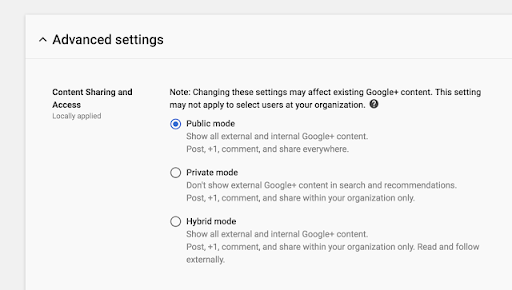
- Details
- Category: Technology
Read more: Google+ for G Suite lives on and gets new features
Write comment (91 Comments)Itbeen about two years since Google acquired API management service Apigee. Today, the company is announcing new extensions that make it easier to integrate the service with a number of Google Cloud services, as well as the general availability of the companyAPI monitoring solution.
Apigee API monitoring allows operations teams to get more insight into how their APIs are performing.The idea here is to make it easy for these teamsto figure out when therean issue and whatthe root cause for it by giving them very granular data. &APIs are now part of how a lot of companies are doing business,& Ed Anuff, Apigeeformer SVP of productstrategy and now Googleproduct and strategy lead for the service, told me. &So that tees up the need for API monitoring.&
Anuff also told me that hebelievesthat itstill early days for enterprise API adoption — but that also means that Apigee is currently growing fast as enterprise developers now start adopting modern development techniques. &I think we&re actually still pretty early in enterprise adoption of APIs,& he said. &So what we&re seeing is a lot more customers going into full production usage of their APIs. A lot of what we had seen before was people using it for maybe an experiment or something that they were doing with a couple of partners.& He also attributed part of the recent growth to customers launching more mobile applications where APIs obviously form the backbone of much of the logic that drives those apps.
API Monitoring was already available as a beta, but itnow generally available to all Apigee customers.
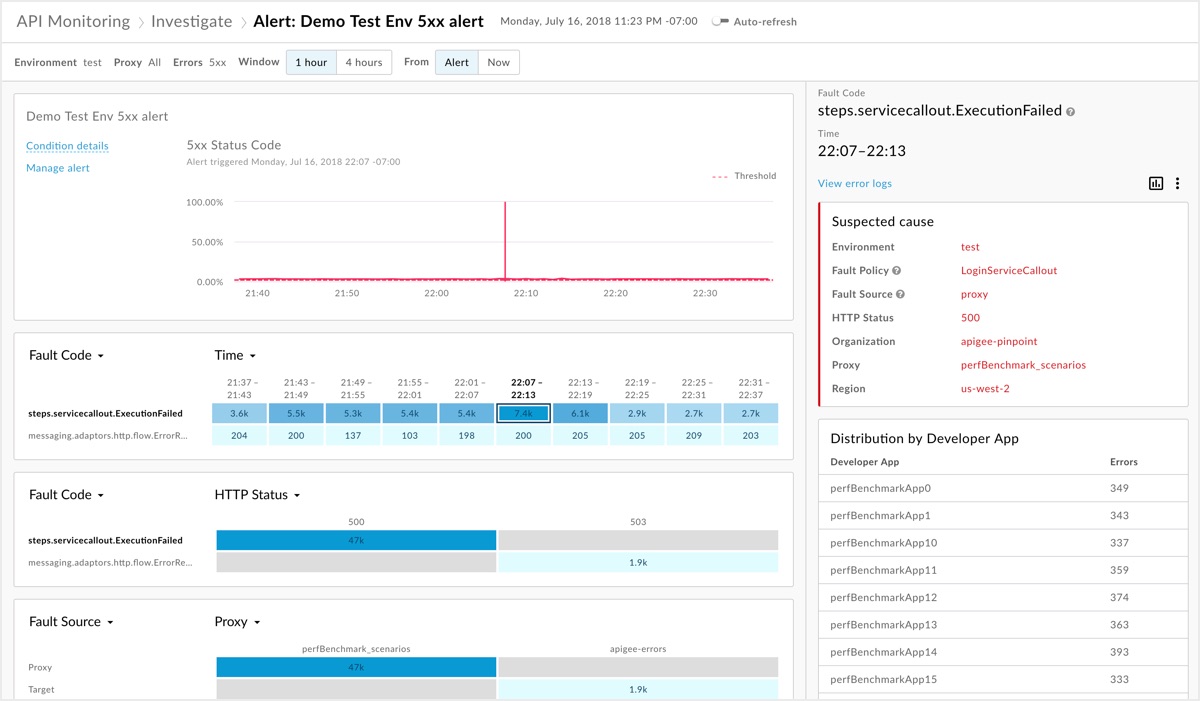
Given that itnow owned by Google, itno surprise that Apigee is also launching deeper integrations with Googlecloud services now — specifically services like BigQuery, Cloud Firestore, Pub/Sub, Cloud Storage and Spanner. Some Apigee customers are already using this to store every message passed through their APIs to create extensive logs, often for compliance reasons. Others use Cloud Firestore to personalize content delivery for their web users or to collect data from their APIs and then send that to BigQuery for analysis.
Anuff stressed that Apigee remains just as open to third-party integrations as it always was. That is part of the core promise of APIs, after all.
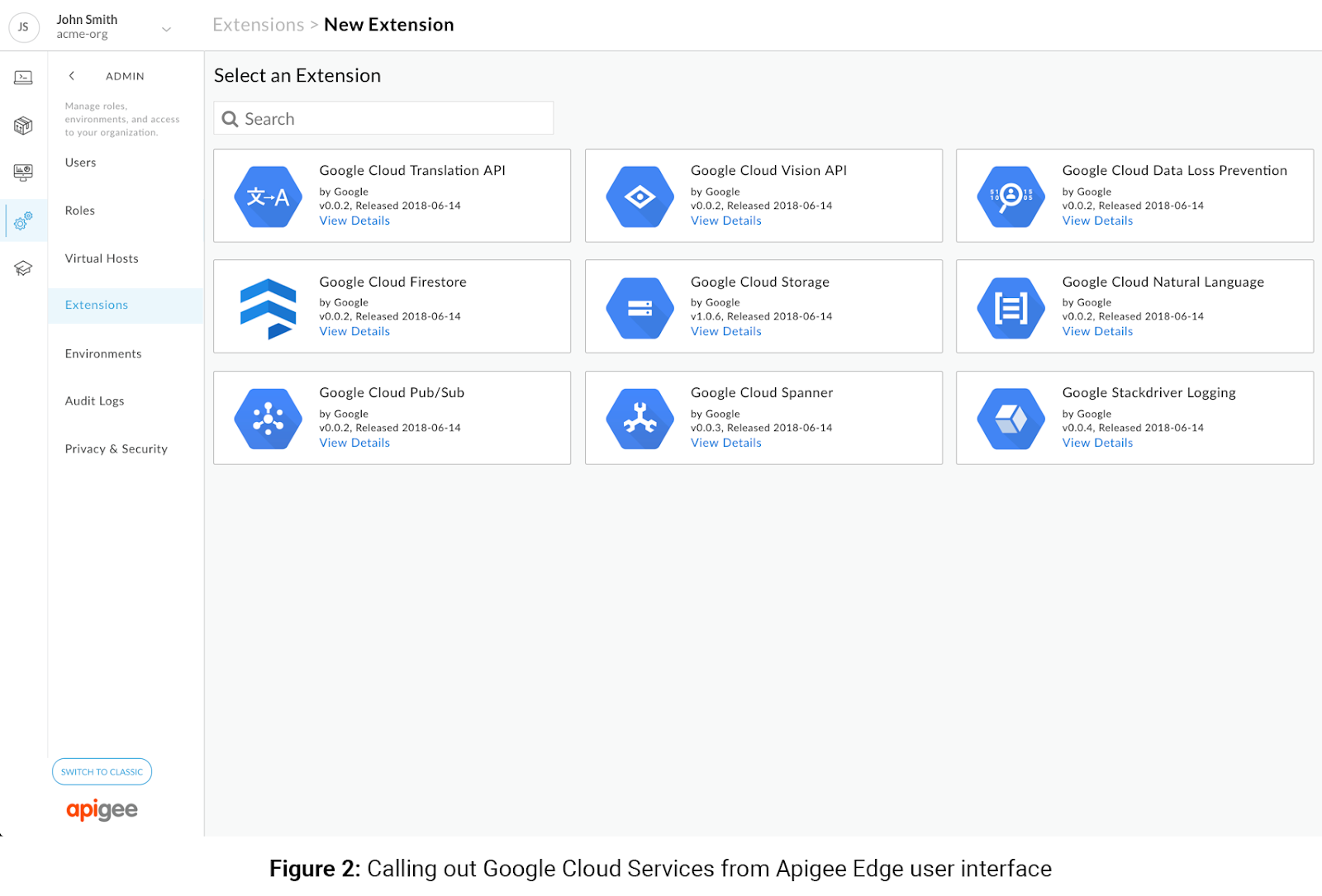
- Details
- Category: Technology
Read more: Google’s Apigee officially launches its API monitoring service
Write comment (91 Comments)Google is playing catch-up in the cloud, and as such it wants to provide flexibility to differentiate itself from AWS and Microsoft. Today, the company announced a couple of new options to help separate it from the cloud storage pack.
Storage may seem stodgy, but ita primary building block for many cloud applications. Before you can build an application you need the data that will drive it, and thatwhere the storage component comes into play.
One of the issues companies have as they move data to the cloud is making sure it stays close to the application when itneeded to reduce latency. Customers also require redundancy in the event of a catastrophic failure, but still need access with low latency. The latter has been a hard problem to solve until today when Google introduced a new dual-regional storage option.
As Google described it in the blog post announcing the new feature, &With this new option, you write to a single dual-regional bucket without having to manually copy data between primary and secondary locations. No replication tool is needed to do this and there are no network charges associated with replicating the data, which means less overhead for you storage administrators out there. In the event of a region failure, we transparently handle the failover and ensure continuity for your users and applications accessing data in Cloud Storage.&
This allows companies to have redundancy with low latency, while controlling where it goes without having to manually move it should the need arise.
Knowing what you&re paying
Companies don&t always require instant access to data, and Google (and other cloud vendors) offer a variety of storage options, making it cheaper to store and retrieve archived data. As of today, Google is offering a clear way to determine costs, based on customer storage choice types. While it might not seem revolutionary to let customers know what they are paying, Dominic Preuss, Googledirector of product management says it hasn&t always been a simple matter to calculate these kinds of costs in the cloud. Google decided to simplify it by clearly outlining the costs for medium (Nearline) and long-term (Coldline) storage across multiple regions.
As Google describes it, &With multi-regional Nearline and Coldline storage, you can access your data with millisecond latency, itdistributed redundantly across a multi-region (U.S., EU or Asia), and you pay archival prices. This is helpful when you have data that won&t be accessed very often, but still needs to be protected with geographically dispersed copies, like media archives or regulated content. It also simplifies management.&
Under the new plan, you can select the type of storage you need, the kind of regional coverage you want and you can see exactly what you are paying.
Google Cloud storage pricing options. Chart: Google
Each of these new storage services has been designed to provide additional options for Google Cloud customers, giving them more transparency around pricing and flexibility and control over storage types, regions and the way they deal with redundancy across data stores.
- Details
- Category: Technology
Read more: Google introduces dual-region storage buckets to simplify data redundancy
Write comment (92 Comments)Over the course of the last year, Google has launched a number of services that bring to other companies the same BeyondCorp model for managing access to a companyapps and data without a VPN that it uses internally. Googleflagship product for this is Cloud Identity, which is essentially GoogleBeyondCorp, but packaged for other businesses.
Today, at its Cloud Next event in London, itexpanding this portfolio of Cloud Identity services with three new products and features that enable developers to adopt this way of thinking about identityand access for their own apps and that make it easier for enterprises to adopt Cloud Identity and make it work with their existing solutions.
The highlight of todayannouncements, though, isCloud Identity for Customers and Partners, which is now in beta. While Cloud Identity is very much meant for employees at a larger company, this new product allows developers to build into their own applications the same kind of identity and access management services.
&Cloud Identity is how we protect our employees and you protect your workforce,& Karthik Lakshminarayanan, Googleproduct management director for Cloud Identity, said in a press briefing ahead of the announcement. &But what we&re increasingly finding is that developers are building applications and are also having to deal with identity and access management. So if you&re building an application, you might be thinking about accepting usernames and passwords, or you might be thinking about accepting social media as an authentication mechanism.&
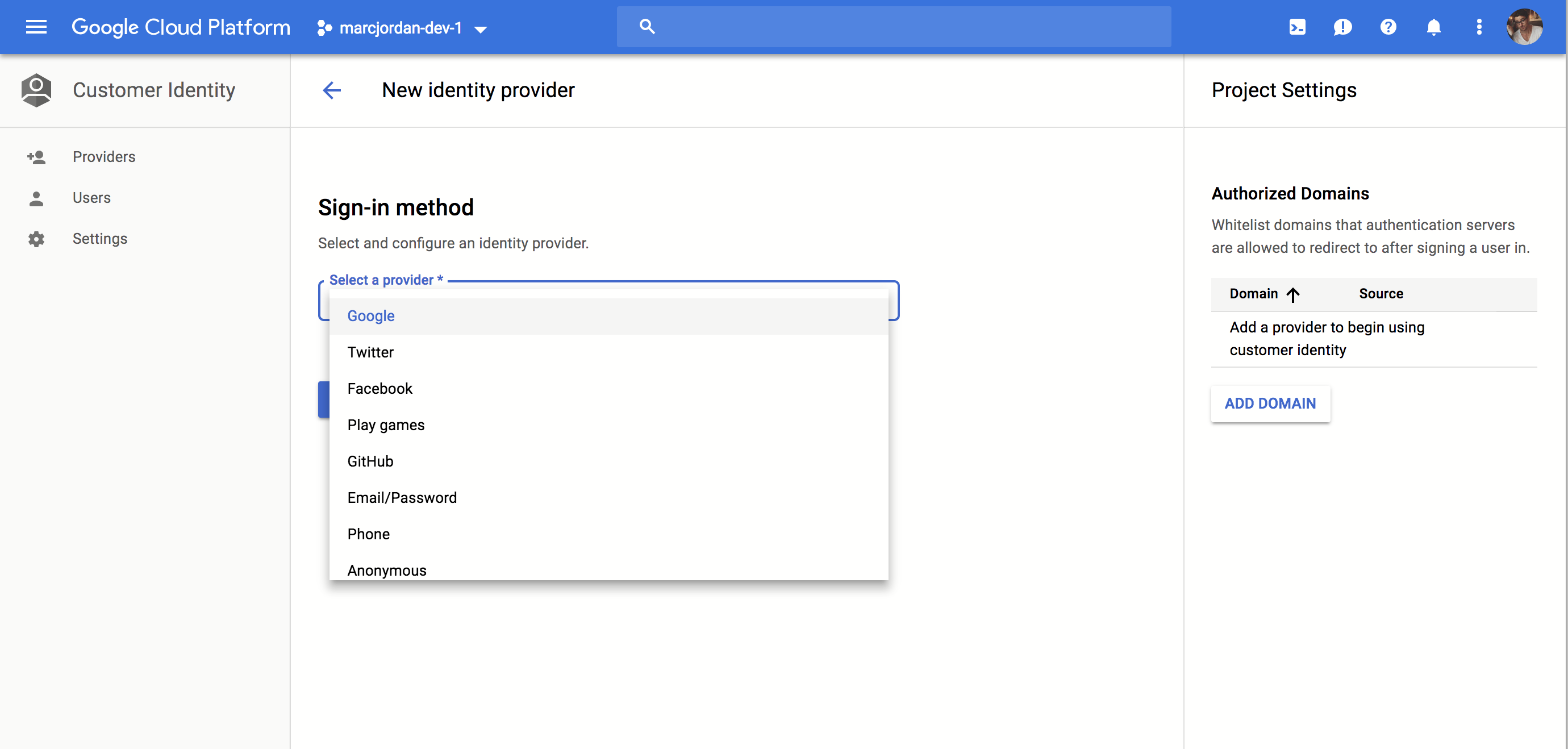
This new service allows developers to build in multiple ways of authenticating the user, including through email and password, Twitter, Facebook, their phones, SAML, OIDC and others. Google then handles all of that authentication work. Google will offer both client-side (web, iOS andAndroid) and server-side SDKs (with support for Node.ja, Java, Python and other languages).
&They no longer have to worry about getting hacked and their passwords and their user credentials getting compromised,& added Lakshminarayanan, &They can now leave that to Google and the exact same scale that we have, the security that we have, the reliability that we have — that we are using to protect employees in the cloud — can now be used to protect that developerapplications.&
In addition to Cloud Identity for Customers and Partners, Google is also launching a new feature for the existing Cloud Identity service, which brings support for traditional LDAP-based applications and IT services like VPNs to Cloud Identity. This feature is, in many ways, an acknowledgment that most enterprises can&t simply turn on a new security paradigm like BeyondCorp/Cloud Identity. With support for secure LDAP, these companies can still make it easy for their employees to connect to these legacy applications while still using Cloud Identity.
&As much as Google loves the cloud, a mantra that Google has is ‘let&s meet customers where they are.& We know that customers are embracing the cloud, but we also know thattheyhave a massive, massive footprint of traditionalapplications,&Lakshminarayanan explained. He noted that most enterprises today run two solutions: one that provides access to their on-premise applications and another that provides the same services for their cloud applications. Cloud Identity now natively supports access to many of these legacy applications, includingAruba Networks (HPE), Itopia, JAMF, Jenkins (Cloudbees), OpenVPN, Papercut, pfSense (Netgate), Puppet, Sophos and Splunk. Indeed, as Google notes, virtually any application that supports LDAP over SSL can work with this new service.
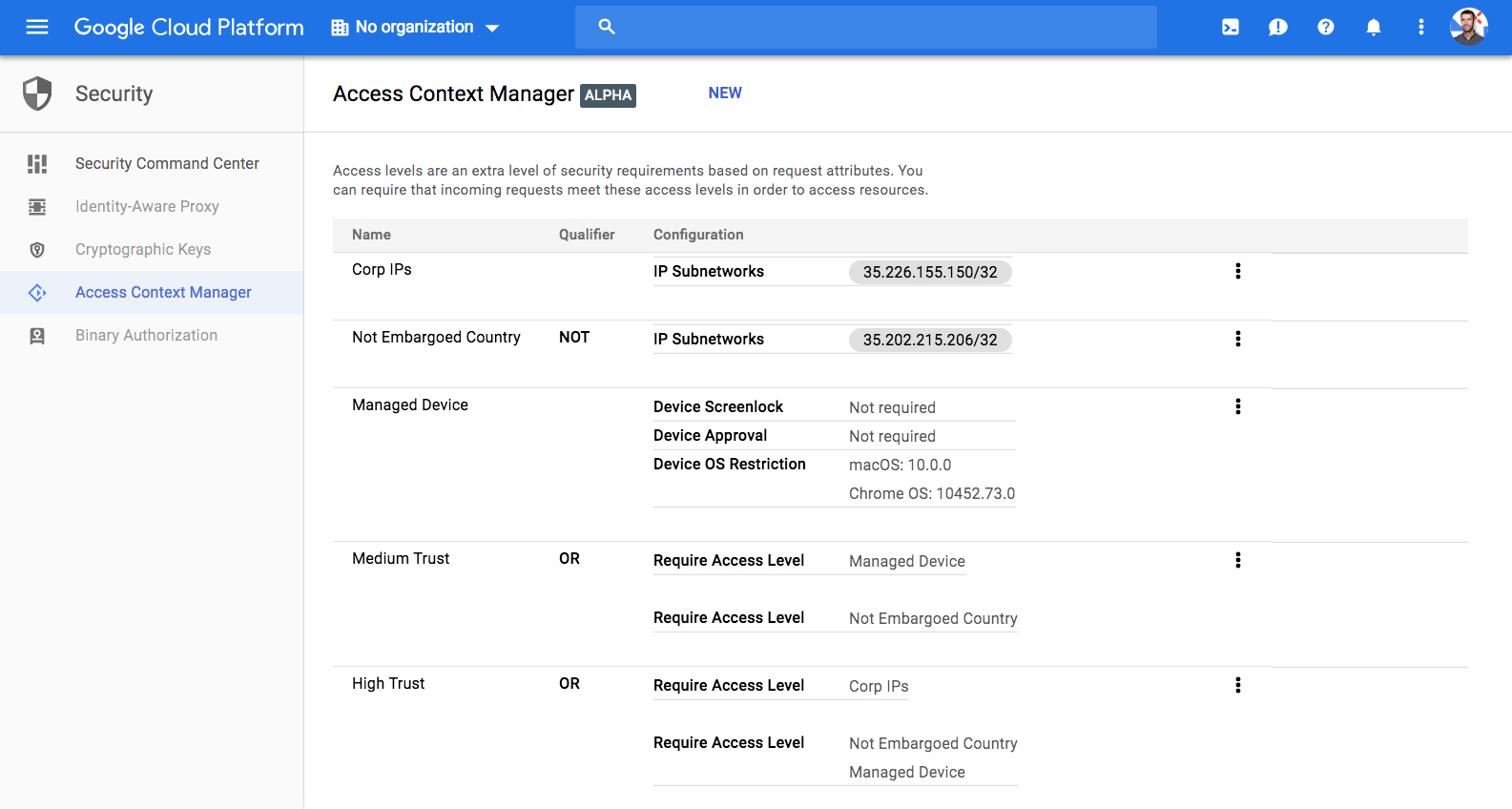
Finally, the third new feature Google is launching today is context-aware access for those enterprises that already use its Cloud Identity-Aware Proxy (yes, those names are all a mouthful). The idea here is to help enterprises provide access to cloud resources based on the identity of the user and the context of the request — all without using a VPN. Thatpretty much the promise of BeyondCorp in a nutshell, and this implementation, which is now in beta, allows businesses to manage access based on the useridentity and a devicelocation and its security status, for example. Using this new service, IT managers could restrict access to one of their apps to users in a specific country, for example.
- Details
- Category: Technology
Read more: Google expands its identity management portfolio for businesses and developers
Write comment (94 Comments)Ita busy week for news from Google Cloud, which is hosting its Next event in London. Today, the company used the event to launch a number of new networking features. The marqueelaunch today is Cloud NAT, a new service that makes it easier for developers to build cloud-based services that don&t have public IP addresses and can only be accessed from applications within a companyvirtual private cloud.
As Google notes, building this kind of setup was already possible, but it wasn&t easy. Obviously, this is a pretty common use case, though, so with Cloud NAT, Google now offers a fully managed service that handles all the network address translation (hence the NAT) and provides access to these private instances behind the Cloud NAT gateway.
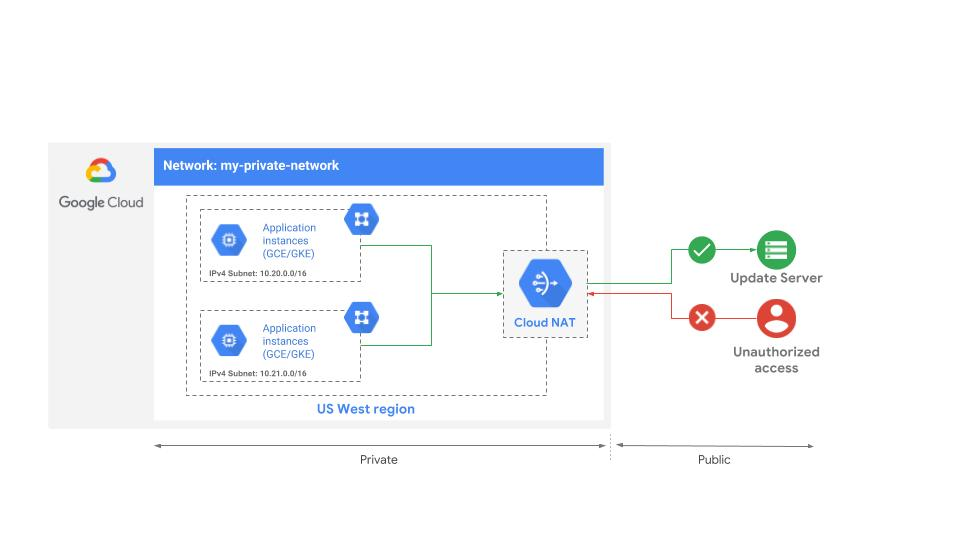
Cloud NAT supports Google Compute Engine virtual machines as well as Google Kubernetes Engine containers, and offers both a manual mode where developers can specify their IPs and an automatic mode where IPs are automatically allocated.
Also new in todayrelease is Firewall Rules Logging, which is now in beta. Using this feature, admins can audit, verify and analyze the effects of their firewall rules. That means when there are repeated connection attempts that the firewall blocked, you can now analyze those and see whether somebody was up to no good or whether somebody misconfigured the firewall. Because the data is only delayed by about five seconds, the service provides near real-time access to this data — and you can obviously tie this in with other services like Stackdriver Logging, Cloud Pub/Sub and BigQuery to create alerts and further analyze the data.
Also new today is managed TLS certificated for HTTPS load balancers. The idea here is to take the hassle out of managing TLS certificates (the kind of certificates that ensure that your userbrowser creates a secure connection to your app) when there is a load balancer in play. This feature, too, is now in beta.
- Details
- Category: Technology


Apple has moved to bring more of its supply chain under its own control with the $600 million acquisition of part of Dialog Semicondcutor’s business.
Dialog has supplied power management chips to Apple ever since the first iPhone was released more than a decade ago.
However, reports earlier this year suggested Apple would be seeking an alternative
- Details
- Category: Technology
Read more: Apple gets chip engineers and centers from Dialog
Write comment (92 Comments)Page 3949 of 5614

 9
9





